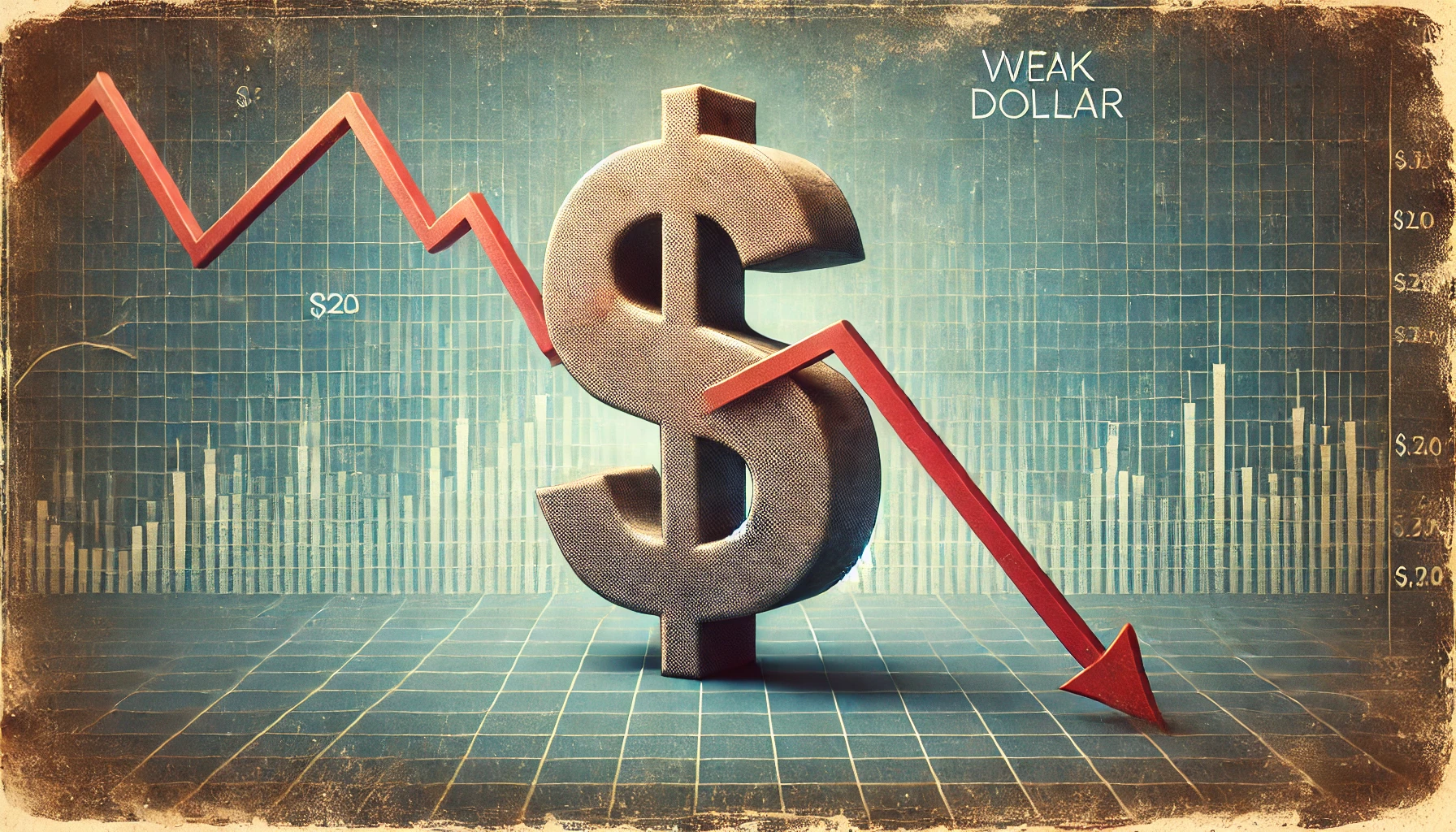In recent months, the global financial landscape has been dominated by discussions surrounding the weakening of the U.S. dollar. This trend, characterized by a decline in the dollar’s value relative to other major currencies, has had profound implications for international trade, investment strategies, and forex markets. However, emerging indicators suggest that this weak dollar trend may be on the verge of collapsing, prompting investors and traders to reassess their positions and strategies.
Understanding the Weak Dollar Trend

The weak dollar trend refers to a sustained period during which the U.S. dollar depreciates against a basket of other currencies. Several factors have contributed to this phenomenon:
-
Monetary Policy: The Federal Reserve’s decisions to maintain low interest rates and implement quantitative easing measures have increased the money supply, leading to a devaluation of the dollar.
-
Fiscal Stimulus: Large-scale government spending aimed at mitigating economic downturns has raised concerns about inflation and national debt, further pressuring the dollar’s value.
-
Trade Deficits: Persistent trade deficits, where imports exceed exports, have resulted in a higher outflow of dollars, weakening its position globally.
Signs of a Reversal in the Weak Dollar Trend
Recent data indicates a potential reversal of the weak dollar trend:
-
Economic Recovery: As the U.S. economy shows signs of robust recovery post-pandemic, investor confidence in the dollar is being restored.
-
Inflation Concerns: Rising inflation rates may prompt the Federal Reserve to consider tightening monetary policy, which could bolster the dollar’s value.
-
Global Uncertainties: Geopolitical tensions and economic challenges in other regions may drive investors back to the dollar as a safe-haven currency.
Implications for Global Markets
A strengthening dollar can have widespread effects:
-
Commodity Prices: Commodities priced in dollars, such as oil and gold, may become more expensive for holders of other currencies, potentially reducing demand.
-
Emerging Markets: Countries with debts denominated in dollars could face higher repayment costs, straining their economies.
-
Trade Balances: U.S. exports may become less competitive due to higher prices, while imports could become cheaper, affecting domestic producers.
Strategies for Forex Traders

Forex traders should consider the following approaches in light of a potential dollar resurgence:
-
Diversification: Spreading investments across various currencies can mitigate risks associated with dollar fluctuations.
-
Hedging: Utilizing financial instruments to offset potential losses in dollar-denominated assets can provide a safety net.
-
Staying Informed: Regularly monitoring economic indicators, Federal Reserve announcements, and global events is crucial for timely decision-making.
While the weak dollar trend has influenced global markets in recent times, emerging signs suggest a possible shift. Traders and investors must stay vigilant, adapt to changing conditions, and employ informed strategies to navigate the evolving forex landscape.











